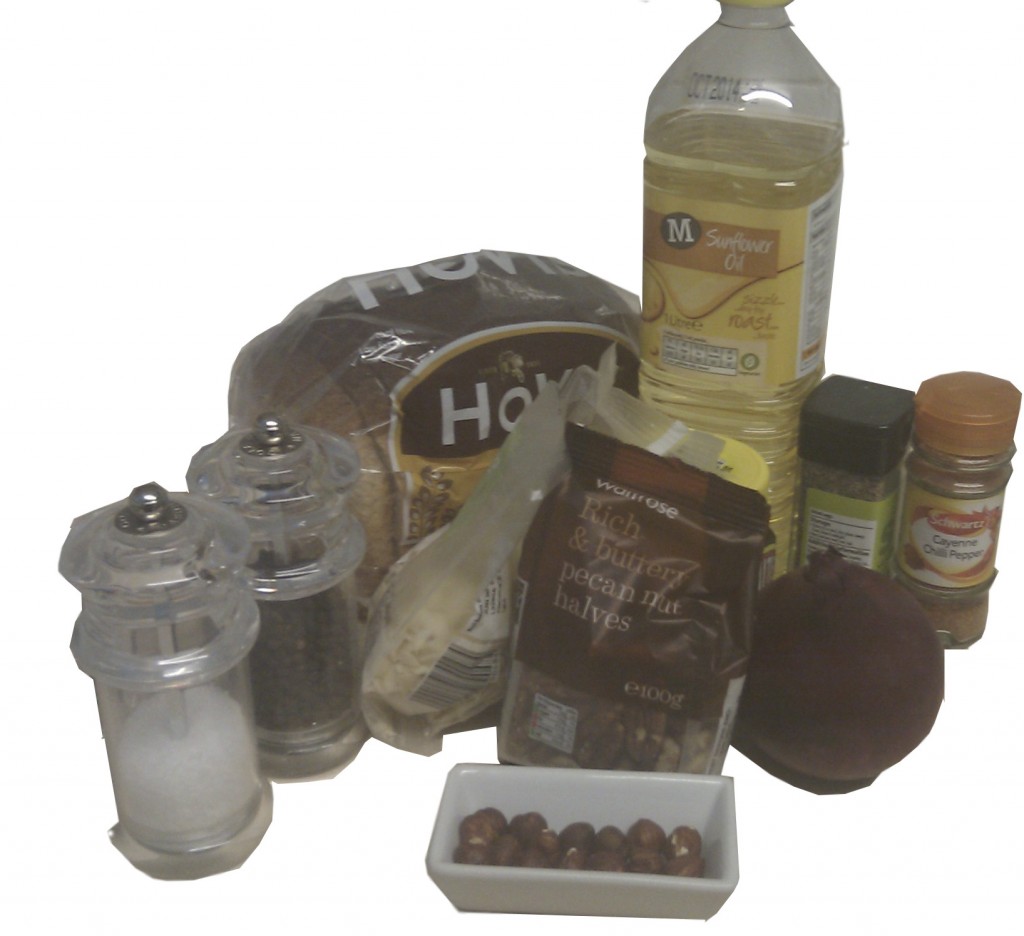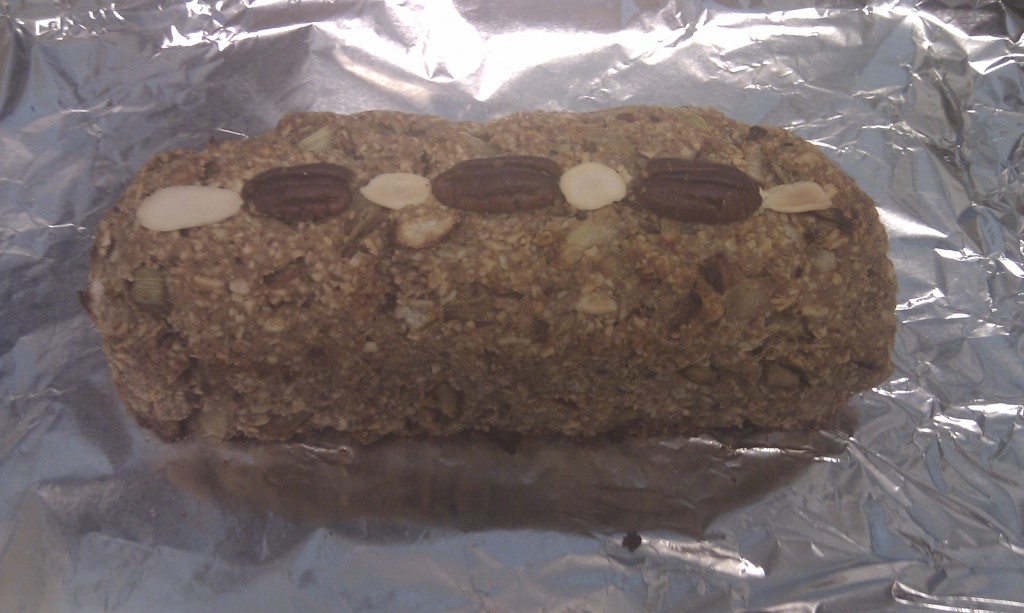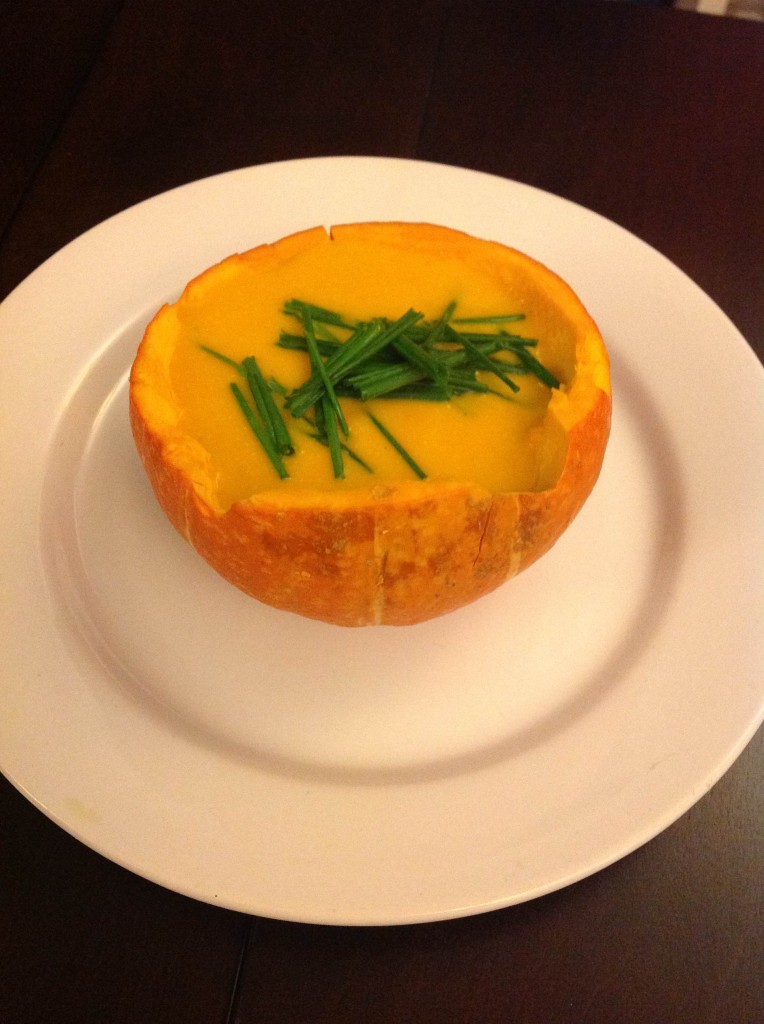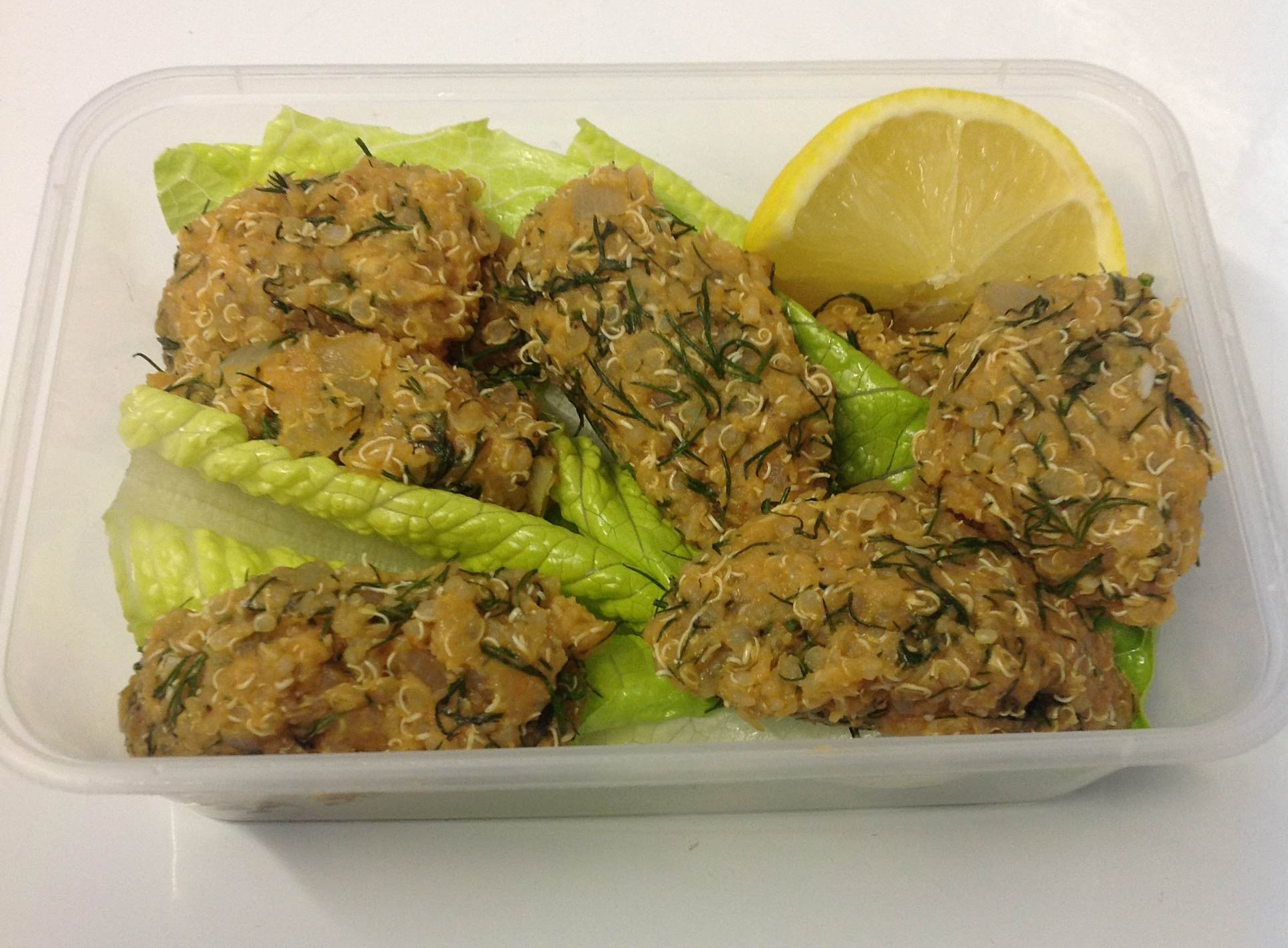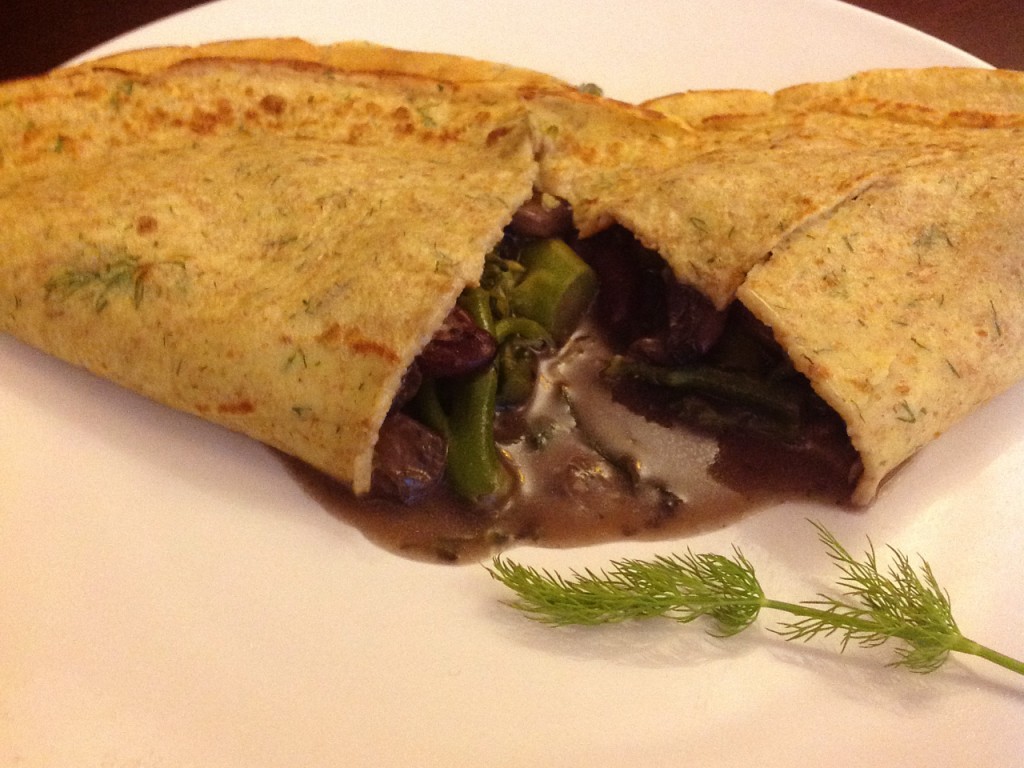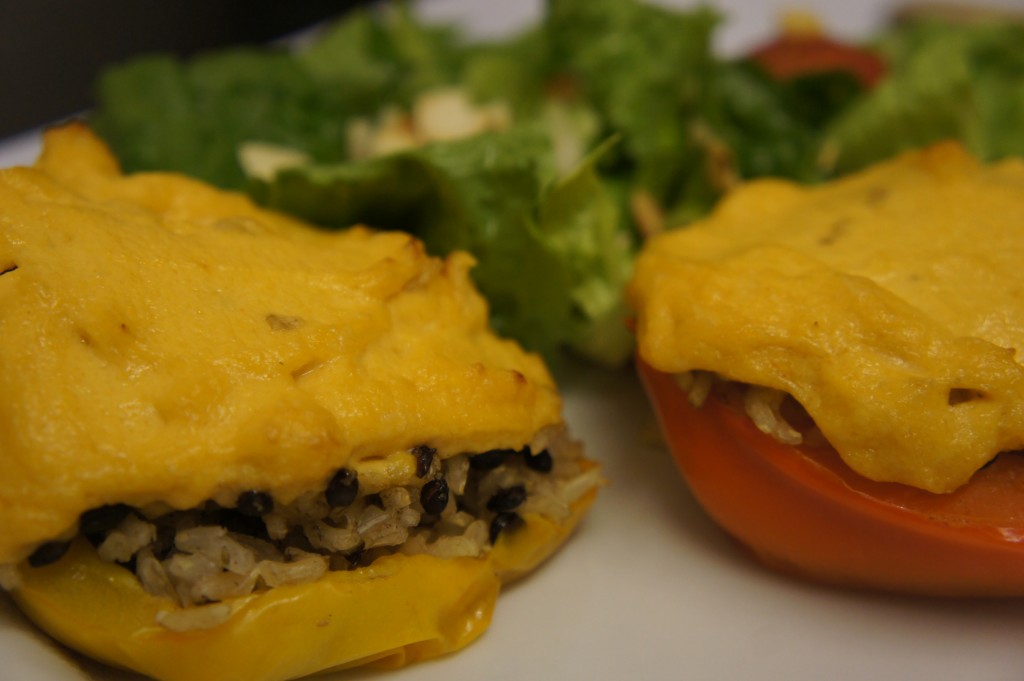Some time ago, I attempted to veganize cream of tomato soup. Today I attempted to vegetarianize French Onion Soup, which is traditionally made with a meat stock. No mean feat, given the pre-warning that it is not nice if too salty and that I had been thinking Marmite would give it a meaty taste. The mushrooms gave a bit of ‘meatiness’ to the stock without adding a ton of salt. Also, I can’t remember eating French Onion Soup. I know I have done because I have a vague memory of making a version from a book I got when I was about 10; a version that I very much doubt contained alcohol – even if it was the seventies. I’ll have to try the real deal at some point to see how the version below measures up but it all disappeared at the dinner table this evening so that’s a good sign.
- 3 or 4 large onions
- 3 or 4 cloves of garlic
- Olive oil
- Red wine (I used Merlot because it was open)
- Stock: I used a level teaspoon of low-salt vegan bouillon, a handful of dried porcini mushrooms and 3-4 squirts of Bragg’s Aminos (soy sauce without added wheat or salt and made by some very strange people) to a pint and a half of boiling water
- Agave nectar (sugar will do; I don’t know where ours is)
- Bay leaves
- Mixed herbs
- Vegetarian hard cheese e.g. veggie Parmesan – Morrison’s cheap hard Parmesan-like cheese is vegetarian (although it comes from cows so I can’t have any)
- Slice the onions finely and cook in the oil over a low-ish heat for ages, stirring occasionally. By ages I mean about half an hour.
- Squirt some agave nectar in after about 10-15 minutes to help the onions caramelize a bit
- When onions look just about ready (browning at edges and soft), throw in minced garlic and cook for another minute
- Add a splash of wine and the stock, herbs and bay leaves – simmer while you set the table
- Serve with grated cheese
I believe traditional French Onion Soup employs squares of cheese on toast instead of just a sprinkle of cheese, hence it looks interesting enough to take a photo of. You may be reassured, however, that this tasted too nice for me to remember to photograph it.
